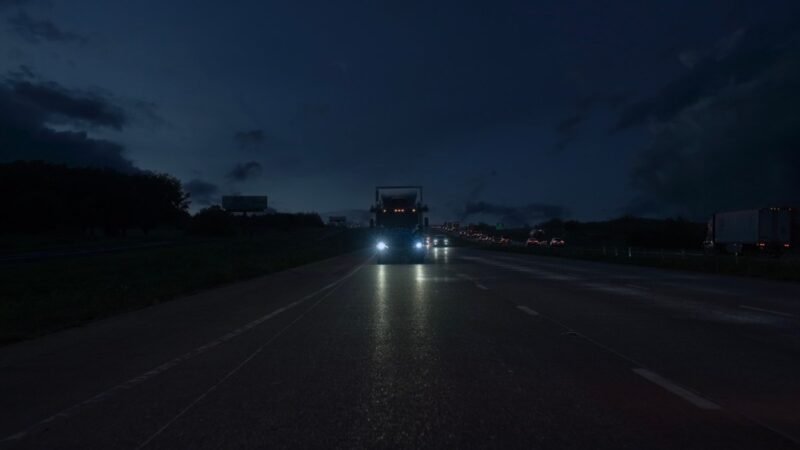Fast Facts
-
Expansion Plans: Aurora Innovation aims to establish a self-driving truck network across the Sunbelt, with commercial operations already launched between Dallas and Houston and a terminal opened in Phoenix.
-
Night Operations: The company’s autonomous trucks have successfully validated navigation at night, enhancing their operational range and circumventing regulations that limit traditional truck drivers.
-
Lidar Technology: Aurora’s advanced lidar technology enables its trucks to identify obstacles over 450 meters away, improving safety and efficiency, particularly in low visibility conditions.
- Future Growth: Aurora plans to scale up its fleet significantly, targeting “tens” of driverless trucks by year-end and “hundreds” by 2026, essential for closing the substantial revenue-to-net income gap as the company reported a $201 million loss in Q2.
Advancements in Autonomous Trucking
Aurora Innovation is making significant strides in the world of autonomous trucking. With its driverless trucks now operating at night, the company aims to dominate the southern trucking routes known as the Sunbelt. Chief Executive Chris Urmson has set ambitious goals, targeting freight deliveries stretching from Miami to California. Currently, Aurora’s trucks are commercially driving routes between Dallas and Houston, racking up over 20,000 driverless miles.
This milestone allows Aurora to extend travel distances beyond human limitations, which often cap truck drivers at 11 hours of driving within a 14-hour period. By leveraging advanced lidar technology, these trucks can detect obstacles up to 450 meters away in the dark, prompting enhanced safety and efficiency. They handle exits and surface streets, showcasing their ability to navigate complex environments autonomously.
Facing the Challenge of Weather
Despite these advancements, challenges remain. The most pressing issue is rain. While Aurora’s development fleet can operate in wet conditions, the company has not yet certified this capability for commercial use. Current operations involve closely monitoring weather conditions, pulling trucks off the road when adverse weather arises. “By the end of the year, we expect to be operating day, night, and in rain,” Urmson stated, highlighting the necessity of this feature for long-haul transportation.
The emphasis on validation not only impacts operational efficiency but also the company’s profitability. Aurora reported a stark revenue shortfall, with $1 million in revenue against a $201 million loss. As they work to adapt their technology further, the success of these initiatives will be instrumental in achieving broader adoption and ensuring that the promise of autonomous trucking evolves into a practical reality. The journey continues.
Continue Your Tech Journey
Learn how the Internet of Things (IoT) is transforming everyday life.
Access comprehensive resources on technology by visiting Wikipedia.
TechV1

